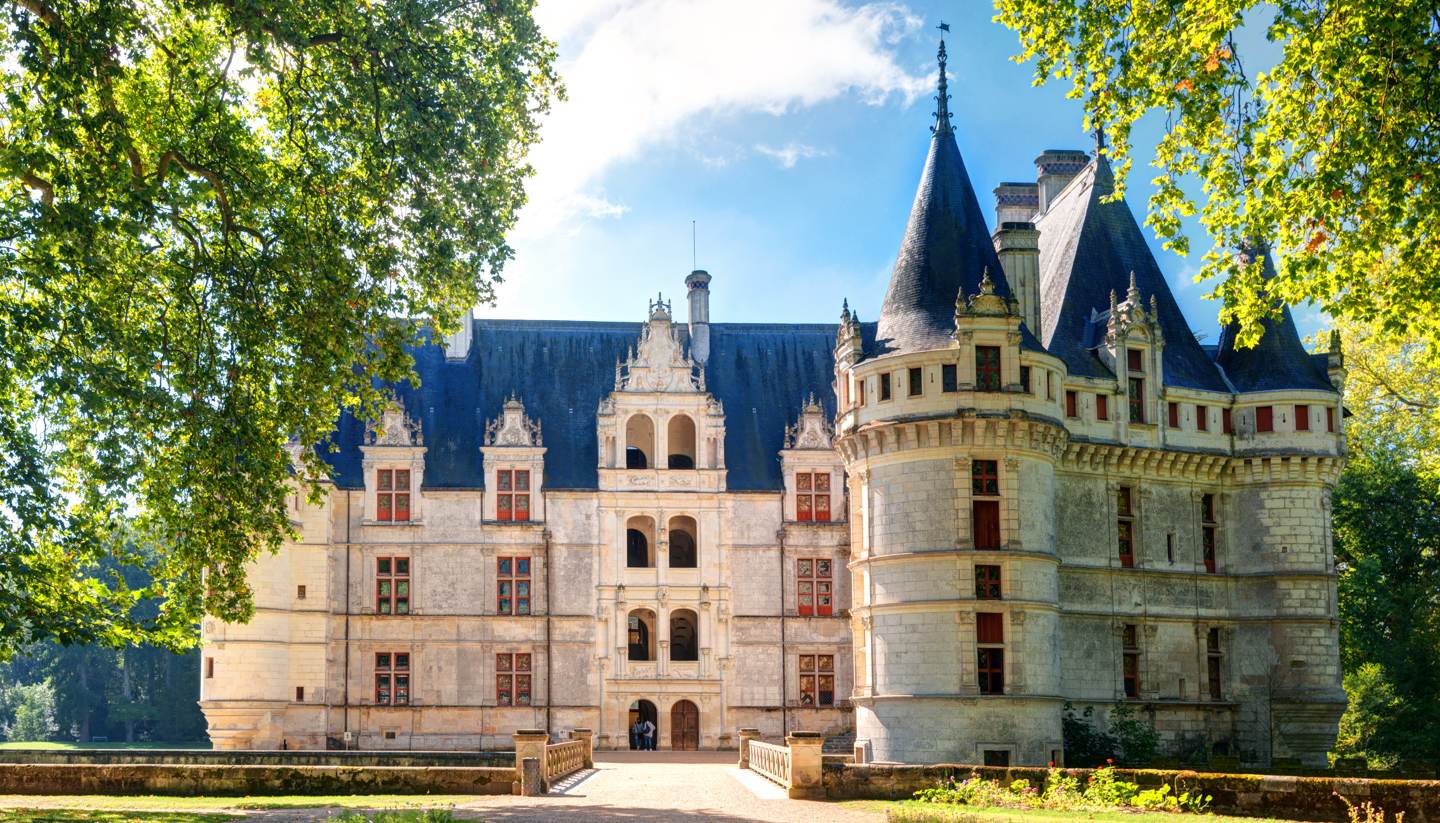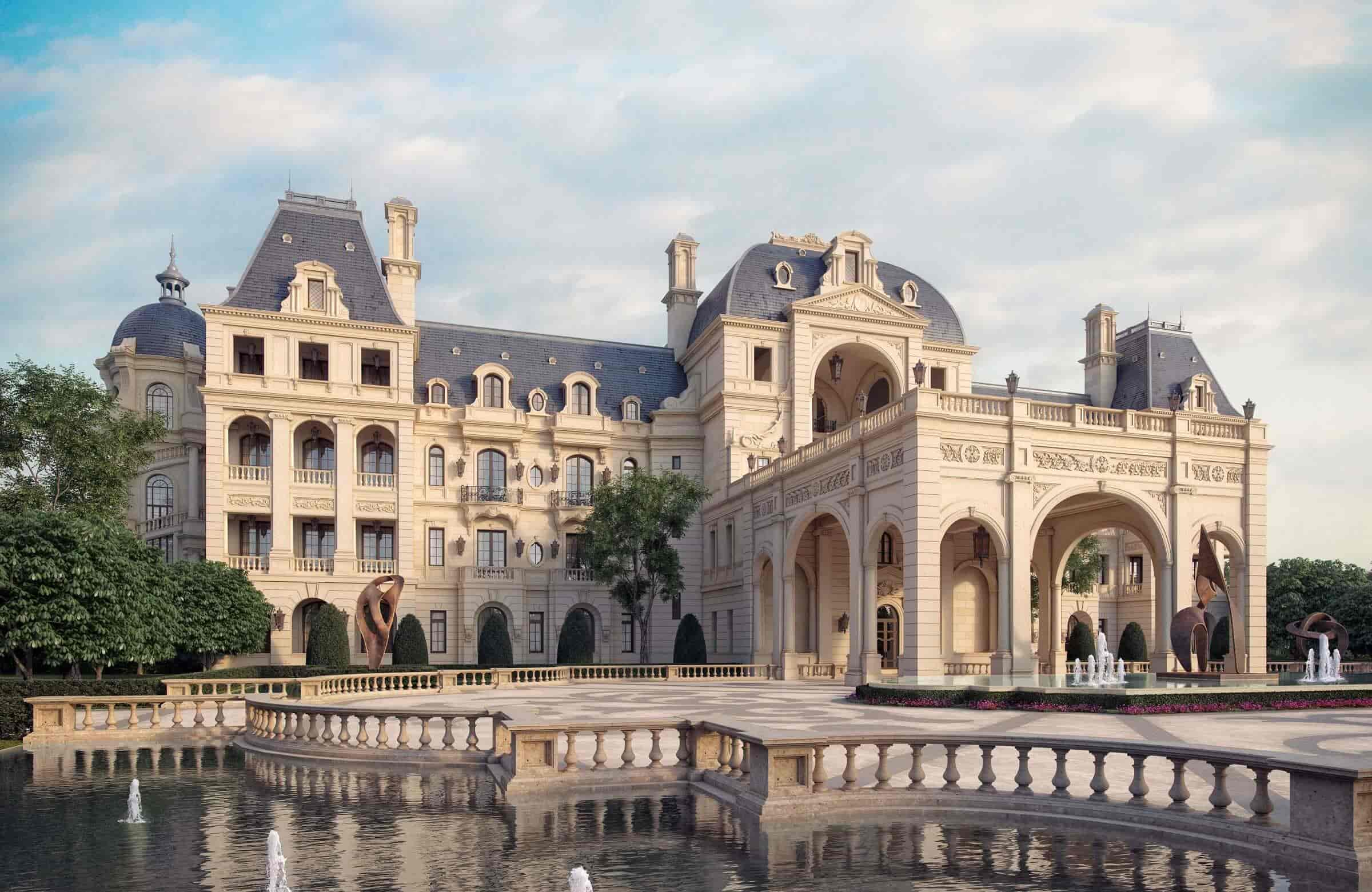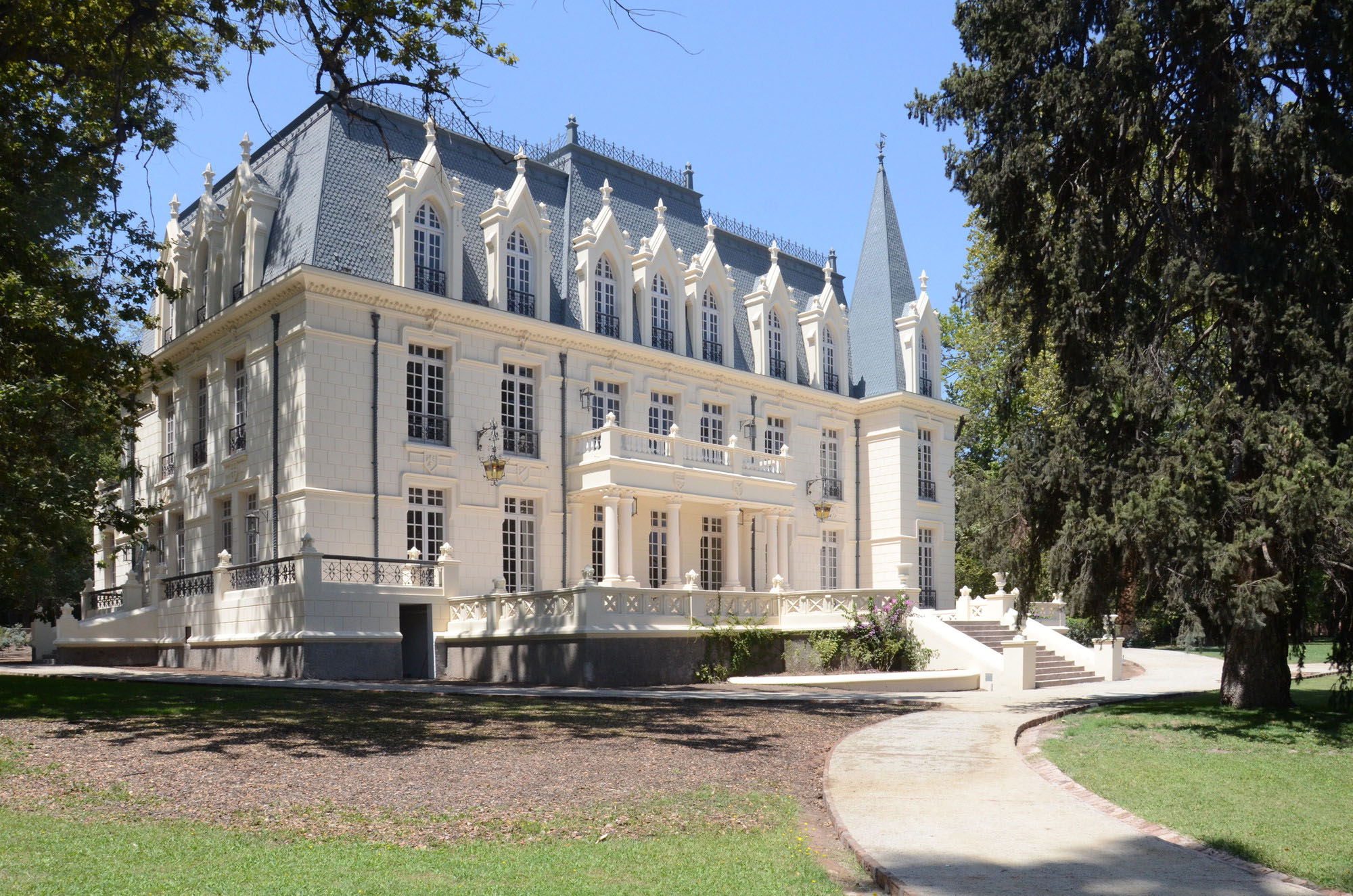
Fontainebleau facade French Renaissance architecture Wikipedia Renaissance architecture
The caryatids. The huge reception room known as the Salle des Cariatides was therefore completed during the reign of Henri II. The name of the room derives from the four 'caryatids' - sculpted female figures serving as columns - that support the musicians' gallery. These were made by the sculptor Jean Goujon in 1550.

RENAISSANCE ARCHITECTURE, France develops Classicism; detail of garden facade, Luxembourg Palace
The French form of Renaissance architecture would go on to have a strong influence on subsequent architectural styles. The French Baroque Style (1610 - 1774) Baroque architecture naturally followed on from the late Renaissance era as it developed into an increasingly intricate style that favored elaborate decorative elements over the kind of.

French Renaissance Architecture Vancouver Film School (VFS) YouTube
French Renaissance Architecture. Classical architecture inspired this French architectural style, which appeared in the late 15th century. French Renaissance style was balanced and just as expressive as its preceding Gothic style. Renaissance architecture combined classical elements like repetitive facades, symmetry and proportion, whimsical.

Renaissance relived Iconic Chambord castle opens its doors Phnom Penh Post
French Architecture in the Northern Renaissance. Francis I (1515-1547) brought about such huge cultural changes in France that he has been called France's original Renaissance monarch.. Renaissance architecture reached the Iberian peninsula in the 16th century, ushering in a new style that gradually replaced the Gothic architecture.

Loire Valley celebrates 500 years of the French Renaissance World Travel Guide
Renaissance architecture refers to the magnificent buildings and structures that were created by Renaissance architects in various regions from the beginning of the 14th century until the early 16th century. Stylistically, architecture during the Renaissance period followed Gothic architecture and was followed by Baroque architecture.

French Baroque architecture, sometimes called French classicism, was a style of architecture
For analysis, historic Texas architecture can be organized into six periods: Indian or precolonial (to 1682), Spanish colonial-Mexican (1682-1835), Republic-antebellum (1835-61), Victorian (1861-1900), Early twentieth century (1900-1941), and Modern (1941-90). Indian or precolonial. The earliest residents of what is now Texas were.

A Historical Architecture Designs Renaissance architecture The Architecture Designs
Notable developments during the French Renaissance include the spread of humanism, early exploration of the "New World"; the development of new techniques and artistic forms in the fields of printing, architecture, painting, sculpture, music, the sciences and literature; and the elaboration of new codes of sociability, etiquette and discourse.

Restoration Of A French Renaissance Style Palace Las Majadas De Pirque iDesignArch Interior
The Renaissance even reached the furthest corners of Brittany, where for instance the mid 16th century chateau de Kerjean is a fine example of French Renaissance architecture. While it is in architecture and interior decoration that the French Renaissance style is most visible today, the Renaissance also saw the slow development of a French.

Pin on Castles & Mansions
Between 1400-1600 A.D. Europe was to witness a significant revival of the fine arts, painting, sculpture, and Architecture. The 'Renaissance', meaning 'rebirth' in French typically refers.

Fontainebleau château estate, Fontainebleau, France Britannica
French Renaissance Revival architecture was a style popular in Europe and the United States in the late 19th and early 20th century. It was inspired by 16th and 17th century French architecture,.
French Renaissance Architecture Features
Rectangular, symmetrical plans — Since the design of Renaissance architecture was largely focused on order and perfection of natural beauty,. The Château de Chambord is an example of French Renaissance architecture, though it has many features of French medieval castles. The château was originally built as a hunting lodge for King.

A Brief History of Renaissance Architecture
The French Renaissance was the cultural and artistic movement in France between the 15th and early 17th centuries. The period is associated with the pan-European [citation needed] Renaissance,. Art and Architecture in France 1500-1700. Yale University Press.

French Renaissance architecture HiSoUR Hi So You Are
1520-1540. The classical period of Renaissance France is characterized by innovation in decoration, realization of the orders, true geometries, and simple forms, associated with Pierre Lescot (1515-1578), Philibert de l'Orme (1514-1570), and Jacques Androuet I du Cerceau (1510-1584). These architects looked back to ancient Rome for.

French Renaissance Architecture drewidhistory
Renaissance architecture is the European architecture of the period between the early 15th and early 16th centuries in different regions,. Although the term Renaissance was used first by the French historian Jules Michelet, it was given its more lasting definition from the Swiss historian Jacob Burckhardt,.

French Churches with Renaissance architecture SkyscraperCity Forum
Renaissance architecture, style of architecture, reflecting the rebirth of Classical culture, that originated in Florence in the early 15th century and spread throughout Europe, replacing the medieval Gothic style. There was a revival of ancient Roman forms, including the column and round arch, the tunnel vault, and the dome.The basic design element was the order.

Pin on French Renaissance Architecture
French Renaissance architecture is a style which was prominent between the late 15th and early 17th centuries in the Kingdom of France. It succeeded French Gothic architecture. The style was originally imported from Italy after the Hundred Years' War by the French kings Charles VII, Louis XI, Charles VIII, Louis XII and François I. Several notable royal châteaux in this style were built in.